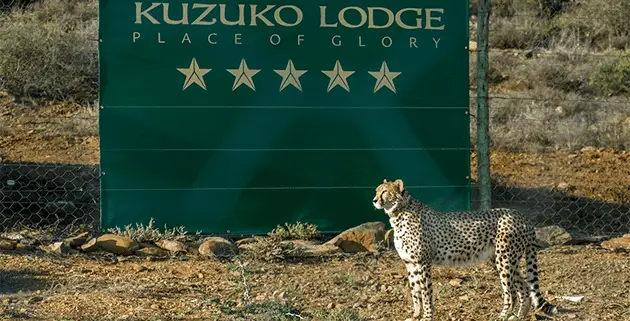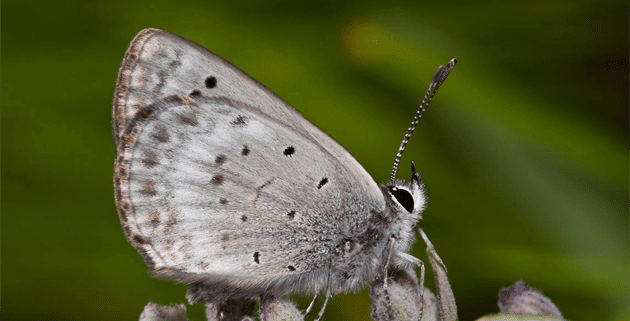Thula Thula Rhinos Dye
To face the harsh reality of rhino poaching in South Africa, rhino horn infusion is being used as a security measure that may be the best solution to protect the dwindling populations.
THULA THULA EXCLUSIVE PRIVATE GAME RESERVE in KwaZulu-Natal, South Africa is the very first privately owned game reserve in KwaZulu-Natal to take the unprecedented step of infusing their rhino horns.
Françoise Malby-Anthony, Managing Director and co-owner of Thula Thula, widow of the late Lawrence Anthony, world-renowned conservationist, co-author of three best-sellers and founder of The Lawrence Anthony Earth Organization, in consultation with their wildlife consultant David Bozas, and veterinarian, Dr. Mike Toft, have made the decision to take this drastic step. On 29 October, Thabo and Nthombi were successfully darted,anaesthetised and their horns infused – the start of our rhino horn infusion programme.
Thula Thula Rhinos, Thabo and Nthombi are two orphans, relocated to Thula Thula from Moholoholo Rehab Centre when they were only a few months old. They were released into the game reserve under high surveillance. Armed guards accompany them 24/7 to protect them from poachers. With a gunfight having taken place in early 2012 when Thabo was shot in the front leg – as well as the loss of Heidi, the reserve’s female white rhino, killed by poachers in 2009, the need for increasing protective measures is a harsh reality.
Though still controversial, rhino horn infusion is a sustainable, cost effective proactive solution to the ongoing rhino poaching scourge. A special compound of depot ectoparasiticides (though completely safe for rhino and other wildlife), is infused through a hole drilled into the rhino horn, (using a patented high-pressure device designed by a South African wildlife vet) and is then absorbed by the entire horn, remaining effective for up to 7 years, the time taken for the entire horn to grow out.
Ectoparasiticide makes rhino horn unsuitable for human consumption – it causes serious illness, leading to diarrhoea, nausea and in extreme cases convulsions and nerve disorder.

“We would like to take this opportunity to thank all our generous donors who have donated funds, donated their artwork to sell, bought paintings, tee-shirts or raffle tickets. It is thanks to all of you that we have been able to take this next very important step in our rhino conservation programme,” said Françoise.
For further information on visiting Thula Thula, donating to the Thula Thula Rhino Fund or Sanctuary, or information on how to win a two night stay, email [email protected] or visit their website at www.thulathula.com or their Facebook page.





